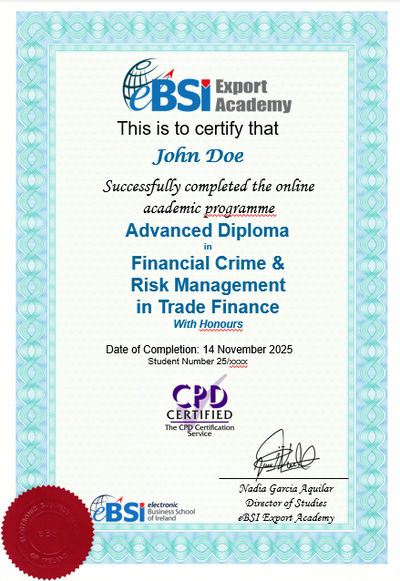Doc Credit – Letter of Credit : Stamp it out!

Q 2010/02 – Please excuse us for asking what appears on the surface to be a very basic letter of credit question but even within our bank there are different opinions as to the correct approach to apply in upholding the international rules for letters of credit i.e. UCP 600.
We issued a letter of credit for a large sum which was available with a nominated bank by deferred payment. The letter of credit called for ‘FULL SET CLEAN ON BOARD MARINE BILLS OF LADING MARKED FREIGHT PREPAID NOTIFY APPLICANT’.
A presentation was made to the nominated bank which they have deemed to comply and then made a prepayment to the beneficiary. Upon receipt of the documents the data on the bills of lading and in fact all other documents are in strict compliance with the terms and conditions of the letter of credit.
The problem is that on examination of the three pieces of paper presented to represent the full set of bills of lading it is obvious that the pieces of paper are photocopies of original bills of lading, in fact it is obvious that the three pieces of paper are poor quality photocopies.
For completeness we wish to state truly that the each of the three pieces of paper have a maroon coloured stamp ‘THIS IS AN ORIGINAL’ on their face, and an apparently original signature in blue ink.
Other than this stamp and signature everything else about the document indicates to our document examiners that they are either photocopies or were printed out from a fax machine which is in urgent need of repair or at least a refill of toner. We have refused the presentation citing the discrepancy ‘original bills of lading not presented’
However the nominated bank has refuted our notice of refusal insisting that the presented documents comply with the rules, in particular UCP Sub-article 17 (b) ‘A bank shall treat as an original any document bearing an apparently original signature, mark, stamp, or label of the issuer of the document’ It is true that the three pieces of paper bear an apparently original stamp and apparently original signature. Please clarify what is the correct approach to adopt.
Answer. There is no doubt that the bills of lading to be presented under the credit must be originals.This requirement has been articulated in UCP 600, sub-article 17 (a) ‘At least one original of each document stipulated in the credit must be presented’. The key issue here is whether banks should treat the three pieces of paper you have described as ‘originals’ and therefore be determined in compliance as you indicate there is no conflict in the data itself.
 I have come across this situation on a number of occasions and there is a widely held view that if the documents bear an apparently original signature, as is the case with your query then the documents will be treated by banks as originals and therefore be in compliance.
I have come across this situation on a number of occasions and there is a widely held view that if the documents bear an apparently original signature, as is the case with your query then the documents will be treated by banks as originals and therefore be in compliance.
However, you have asked for my opinion and my opinion differs fundamentally with this widely held opinion. I argue that just because a document has a label or stamp or apparently original signature conveniently affixed it does not change or alter the fundamental and obvious nature of the document.
I am sure your document checkers are of ‘reasonable mind’ and totally familiar with checking original bills of lading on a daily basis. So, my opinion in a nutshell is that if the documents are obviously photocopies and from the information provided bad quality photocopies then the documents would not in my mind satisfy the requirement for original bills of lading. If we refer to UCP 600, sub-article 17 (b) ‘A bank shall treat as an original any document bearing an apparently original signature, mark, stamp, or label of the issuer of the document, unless the document itself indicates that it is not an original.
The nature of the documents you describe clearly indicate to me and I would also believe to any competent court that the documents are not in fact originals. Therefore, it is my personal opinion that the documents are not original and the letter of credit discrepancy is valid.






